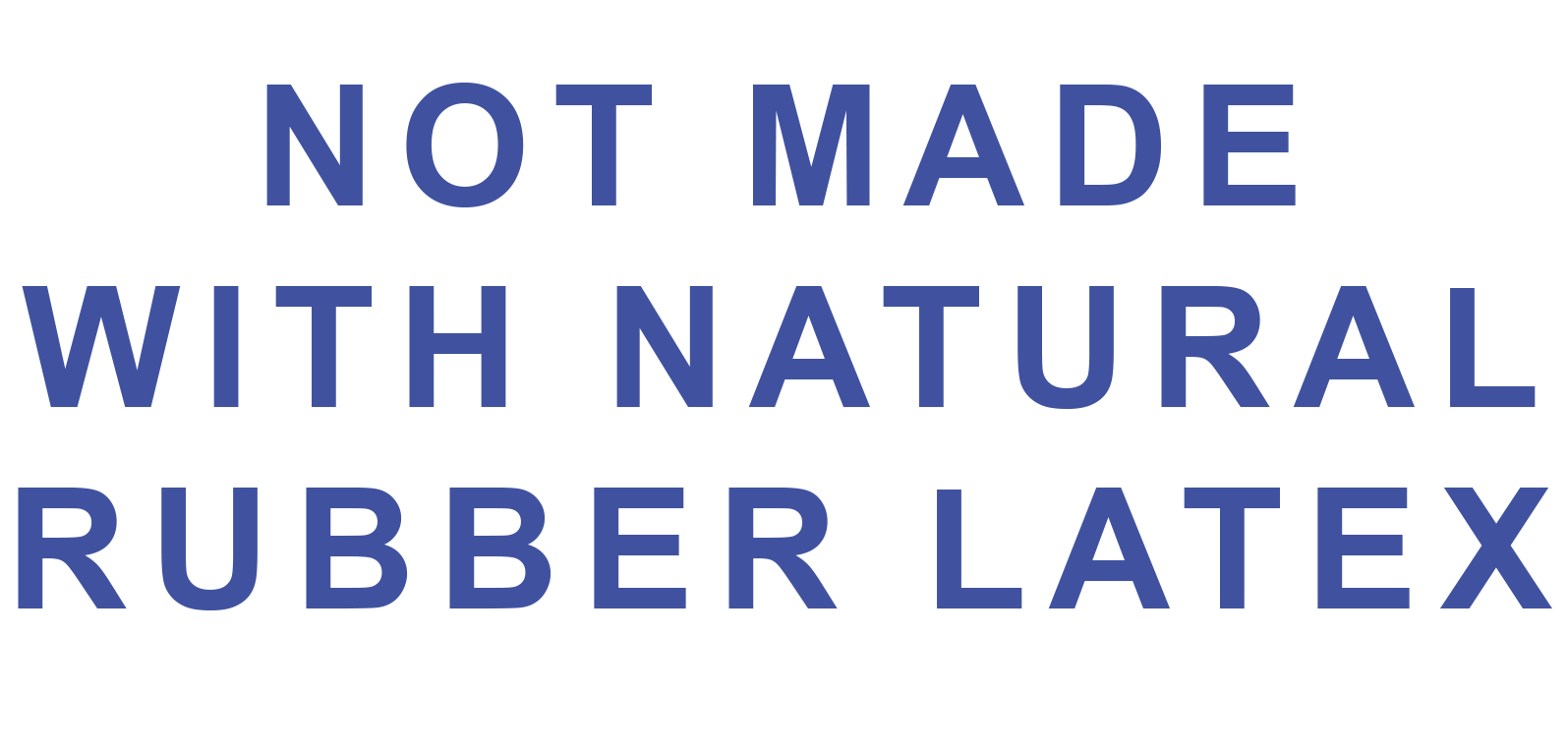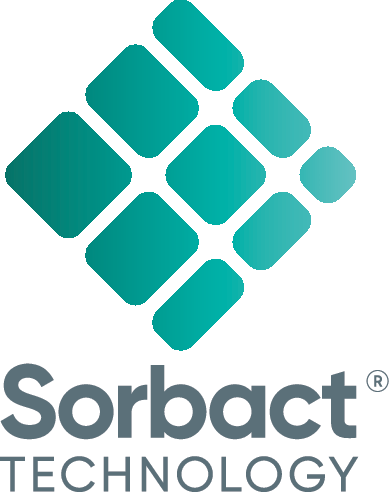is a hydrophobic bacteria binding wound dressing, based on Sorbact® Technology, with an absorbent core which absorbs and retains moderate to high levels of exudate.
For use in infection wound management
- Safe removal of hydrophobic bacteria
- Effective against most common resistant pathogens










